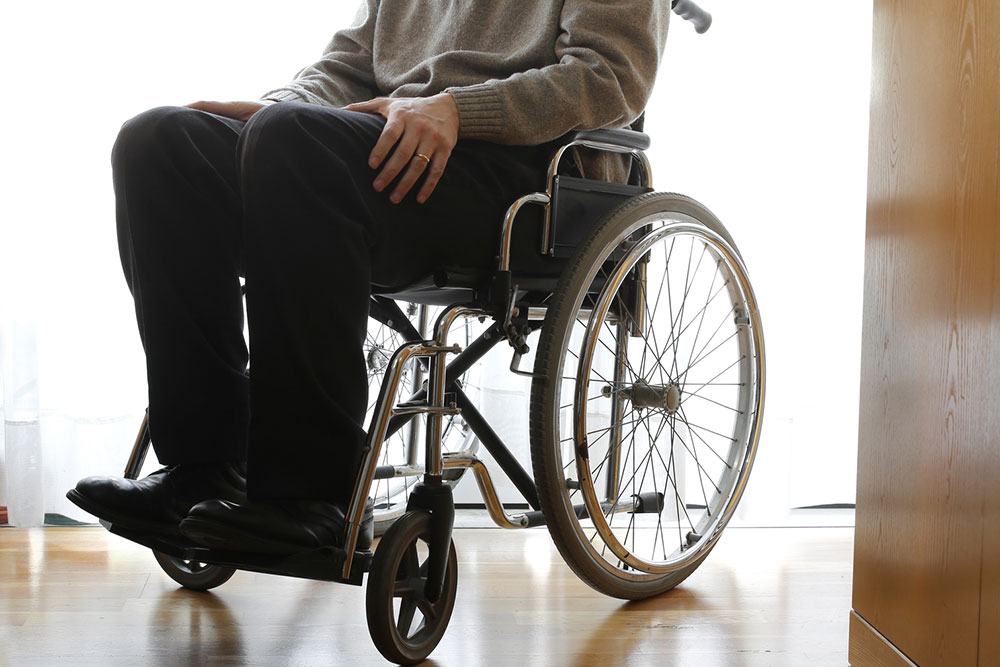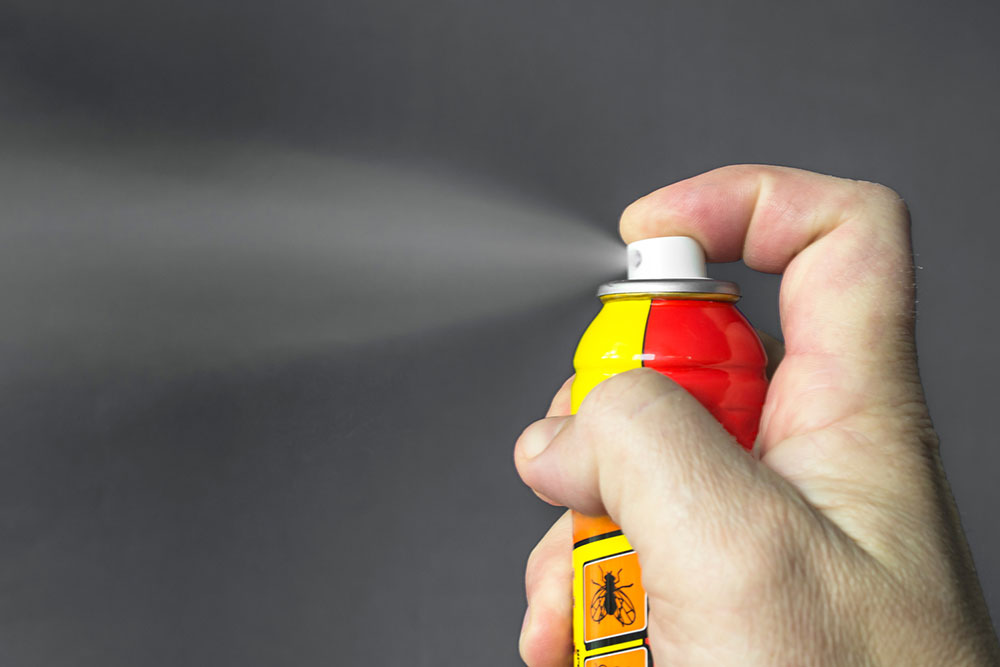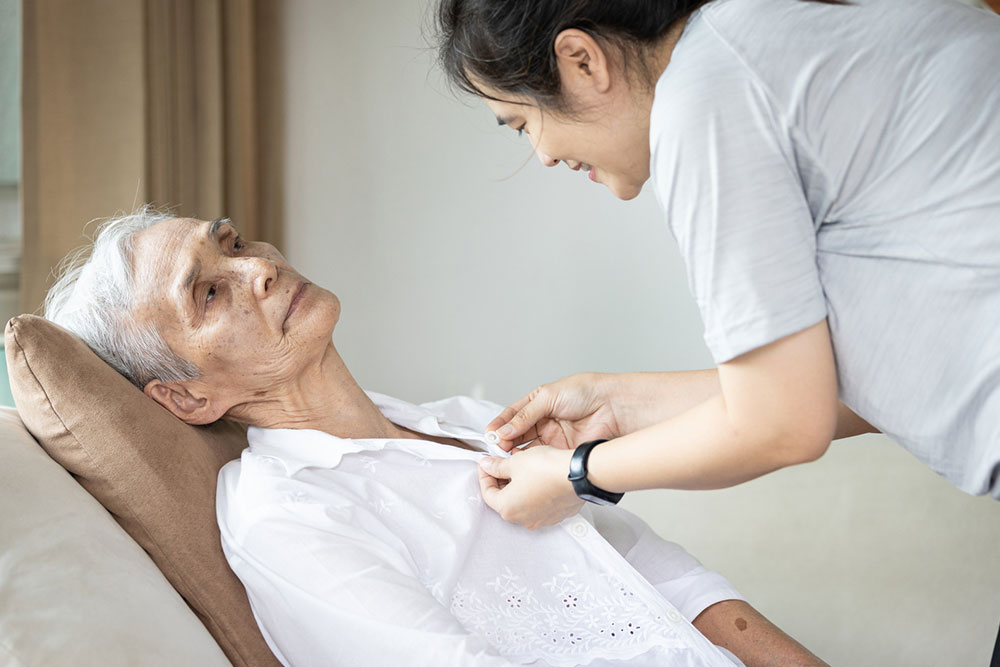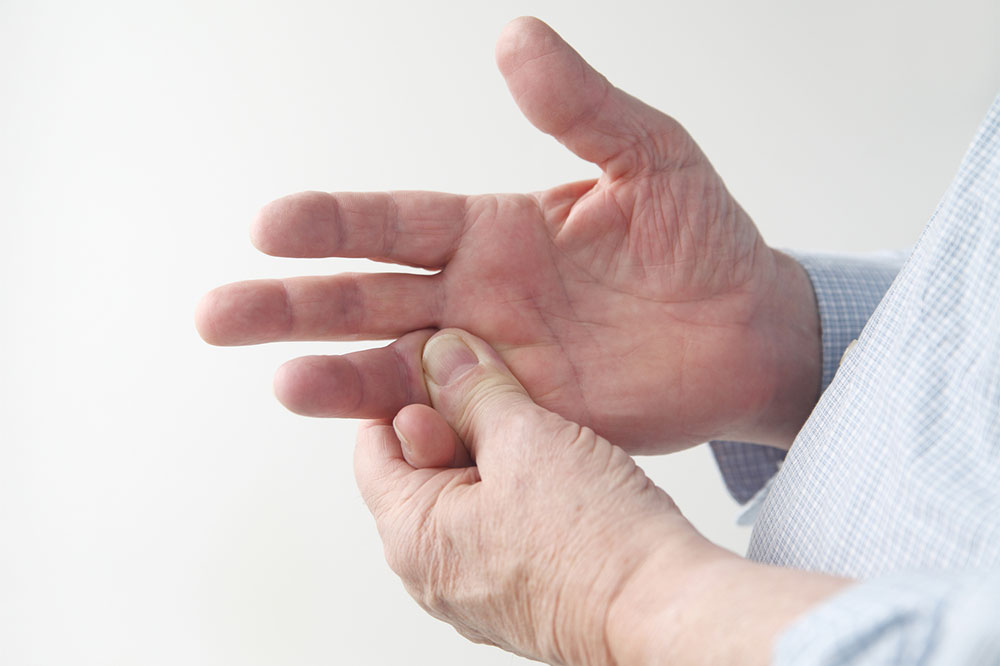
health
Skin cancer and daily routine – 8 simple steps to keep skin healthy
Dealing with skin cancer can be an overwhelming experience, but maintaining healthy skin is crucial for physical and emotional well-being. While medical treatment is paramount, there are steps individuals can take to support their skin’s health during this challenging time. Here are a few simple yet effective measures to help those with skin cancer care for their skin. By incorporating these practices into daily routines, one can promote healing, boost confidence, and improve overall quality of life. Protect from sun exposure Protecting the skin from UV rays is of utmost importance for individuals with skin cancer. They should avoid direct sun exposure during peak hours (10 AM to 4 PM) and wear wide-brimmed hats, protective clothing, and sunglasses. Additionally, using a broad-spectrum sunscreen with a high SPF rating is crucial when going outdoors. This simple step can reduce the risk of further damage to the skin. Stay hydrated Proper hydration is vital for maintaining healthy skin, especially for those undergoing skin cancer treatment. Drinking an adequate amount of water helps to replenish moisture levels, promoting elasticity and overall skin health. Aim for at least eight glasses of water per day, and consider incorporating hydrating fruits and vegetables into meals. Gentle cleansing routine Individuals with skin cancer should opt for a mild, fragrance-free cleanser that is gentle on the skin.
Read More 










